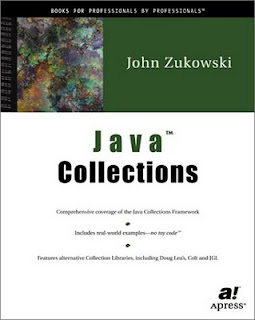Book Description
Written in a cookbook style, this book offers solutions
using a recipe based approach. Each recipe contains step-by-step
instructions followed by an analysis of what was done in each task and
other useful information. The cookbook approach means you can dive into
whatever recipes you want in no particular order. The CryENGINE3
Cookbook is written to be accessible to all developers currently using
the CryENGINE3. It also explores the depth and power of the CryENGINE3
and is a useful guide to follow when becoming familiar with this award
winning middle-ware game engine. This book is written with the casual
and professional developer in mind. Fundamental knowledge of some
Digital Content Creation Tools, like Photoshop and 3d Studio Max is
required. The Software Development Kit version of the CryENGINE is used
for all examples, so the reader should have a version of the development
kit to follow the recipes contained in this book.
About the Author
Dan Tracy Dan Tracy is Crytek's Technical Level Designer for the award-winning CryENGINE and Crysis 2. He is responsible for the creation and maintenance of numerous technical features and external applications used for telemetry and optimization. Viewed as more than a level designer, Dan prides himself on pushing the envelope when it comes to improving both technical and game related designs across multiple production disciplines. Dan was recruited by Crytek in 2009 after the previous year working as a Quality Assurance Technician for BioWare. He was recruited due to his pivotal role in co-founding and leading development on the award winning total conversion project `MechWarrior:Living Legends'. Since then, he has been featured in numerous gaming magazines and has been interviewed by multiple media outlets. Dan is a passionate gamer, but an even more passionate modder and game designer with vast knowledge and experience with multiple engines and titles including Never Winter Nights' "Aurora", Battlefield's engine "Frostbite", Unreal 3, and CryENGINE.Sean Tracy
Sean Tracy is Crytek's Senior Field Application Engineer for the award-wining CryENGINE. He is responsible for adapting the engine and its features to individual licensees, as well as developing full technical and `vertical slice' demos for prospective and existing clients. Describing himself as a `generalizing specialist', he also gives support directly to CryENGINE licensees, while designing and maintaining their workflows, pipelines and development techniques. Sean was recruited by Crytek in 2008 after working as an electronics technician for the Canadian Military. He was recruited due to his role in founding and leading the development on the award winning total conversion project `MechWarrior:Living Legends'. Since then, he has been featured in numerous gaming magazines and has been invited to speak at many game related trade shows and seminars. He is an avid gamer with extensive modding experience on titles including Never Winter Nights, The Battlefield engine "Frostbite" , Doom and Quake.
Product Details
- Paperback: 324 pages
- Publisher: Packt Publishing (June 23, 2011)
- Language: English
- ISBN-10: 1849691061
- ISBN-13: 978-1849691062
- Product Dimensions: 9.2 x 7.5 x 0.7 inches
- Shipping Weight: 1.2 pounds (View shipping rates and policies)
- Average Customer Review: 4.0 out of 5 stars See all reviews (5 customer reviews)
- Amazon Best Sellers Rank: #686,770 in Books (See Top 100 in Books)






















